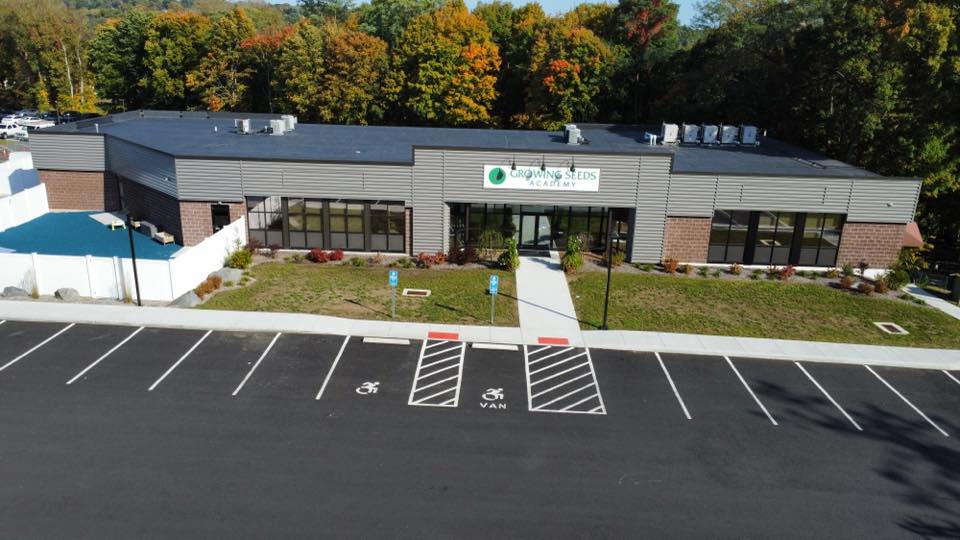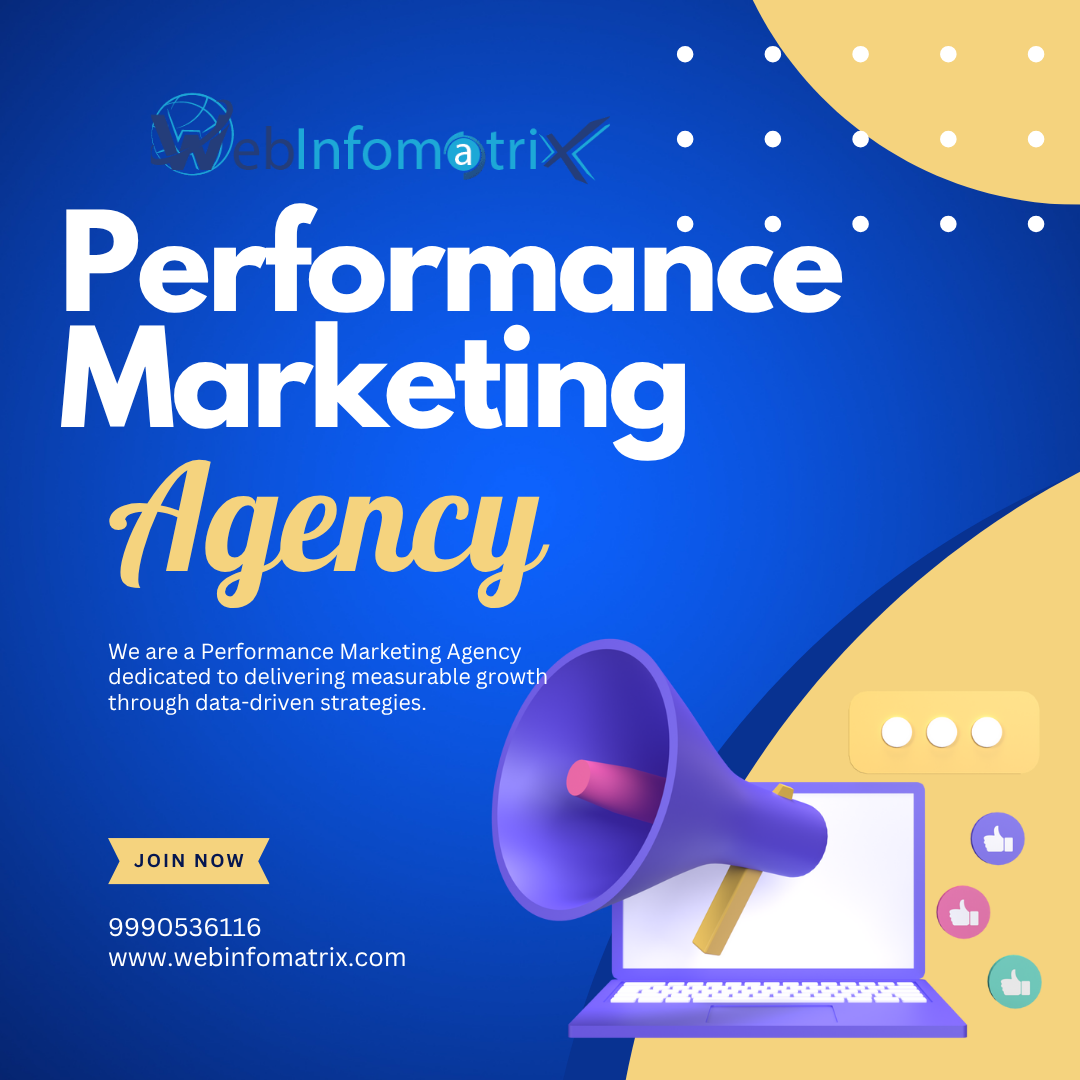In 2025, site speed has become one of the most critical factors influencing website performance, user experience, and search engine ranking. Whether you’re running an eCommerce store, a blog, or a corporate website, speed can make or break your online presence. A slow-loading site frustrates visitors, reduces conversions, and signals poor quality to Google’s ranking algorithms. This is where tools like Dizimods come into play—helping website owners monitor, optimize, and maintain top-tier speed performance effortlessly.
Understanding Core Web Vitals
Core Web Vitals are a set of performance metrics introduced by Google to measure real-world user experience. They focus on three essential aspects: loading speed, interactivity, and visual stability.
- Largest Contentful Paint (LCP) – Measures how long it takes for the main content of a page to load. A good LCP should be under 2.5 seconds.
- First Input Delay (FID) – Tracks how quickly a page responds after a user interacts with it (clicks, taps, etc.). Ideally, it should be less than 100 milliseconds.
- Cumulative Layout Shift (CLS) – Evaluates how visually stable your page is as it loads. A CLS score below 0.1 ensures a smoother experience.
Together, these metrics determine how user-friendly your website feels. A fast, responsive site retains visitors longer, builds trust, and ranks better on Google.
Why Site Speed Matters in 2025
Modern users expect instant gratification. If a page takes longer than three seconds to load, most visitors leave. The consequences of poor site speed include:
- Higher Bounce Rates: Slow sites drive users away before they even engage.
- Lower Conversions: Studies show that even a one-second delay can reduce conversion rates by up to 7%.
- Reduced Mobile Performance: With mobile-first indexing, a sluggish mobile site can harm overall SEO.
- Poor Search Rankings: Google prioritizes websites that meet Core Web Vitals standards.
By maintaining excellent site speed, you not only enhance user satisfaction but also gain a competitive edge in organic search visibility.
Key Factors Affecting Site Speed
To optimize Core Web Vitals, you must identify what’s slowing your site down. Common culprits include:
- Unoptimized Images: Large, uncompressed images are a major cause of slow loading times.
- Excessive JavaScript: Too many scripts delay page interactivity.
- Server Response Time: A weak hosting service increases LCP and FID scores.
- Render-Blocking Resources: CSS and JavaScript files that load before page content slow everything down.
- Poor Caching Practices: Lack of browser caching forces pages to reload assets every time a user visits.
How to Improve Core Web Vitals
Here’s a practical checklist for boosting your site speed and meeting Google’s performance benchmarks:
- Compress and Resize Images: Use next-gen formats like WebP and implement lazy loading.
- Minify CSS, HTML, and JavaScript: Remove unnecessary characters to reduce file sizes.
- Enable Caching: Browser and server caching store frequently used data for faster reloads.
- Use a Content Delivery Network (CDN): Distribute content globally to minimize latency.
- Optimize Server Performance: Choose reliable hosting with minimal response time.
- Preload Key Resources: Load important assets first to speed up LCP.
- Eliminate Render-Blocking Scripts: Defer or asynchronously load JavaScript files.
- Monitor Performance Regularly: Tools like Dizimods make tracking and fixing Core Web Vitals easier through automated reports and actionable insights.
The Role of Dizimods in Speed Optimization
Dizimods is a next-generation SEO and performance optimization platform designed for 2025 and beyond. It simplifies the technical challenges of improving Core Web Vitals. Here’s how it helps:
- Automated Speed Audits: Instantly identify performance issues across pages.
- Smart Caching Solutions: Boosts load times with advanced caching technology.
- Image Optimization Tools: Converts heavy images into lighter formats automatically.
- Real-Time Core Web Vitals Tracking: Provides accurate data to help you meet Google’s performance standards.
- AI-Driven Suggestions: Offers tailored recommendations for speed and SEO improvements.
By integrating Dizimods into your optimization strategy, you can achieve faster load times, better rankings, and higher conversions without extensive manual work.
Future of Site Speed and User Experience
As the internet continues to evolve, user experience will remain central to SEO. Artificial intelligence, mobile-first design, and 5G connectivity are raising expectations for instant content delivery. Websites that fail to meet these expectations risk losing both users and search visibility.
Speed optimization is no longer optional—it’s a business necessity. Tools like Dizimods ensure that websites not only meet but exceed performance benchmarks set by Google.
Conclusion
In summary, site speed directly impacts SEO, user engagement, and overall business success. By understanding and optimizing Core Web Vitals, you future-proof your website for 2025 and beyond. Platforms like Dizimods make this process efficient, automated, and results-driven—helping you stay fast, visible, and competitive.





